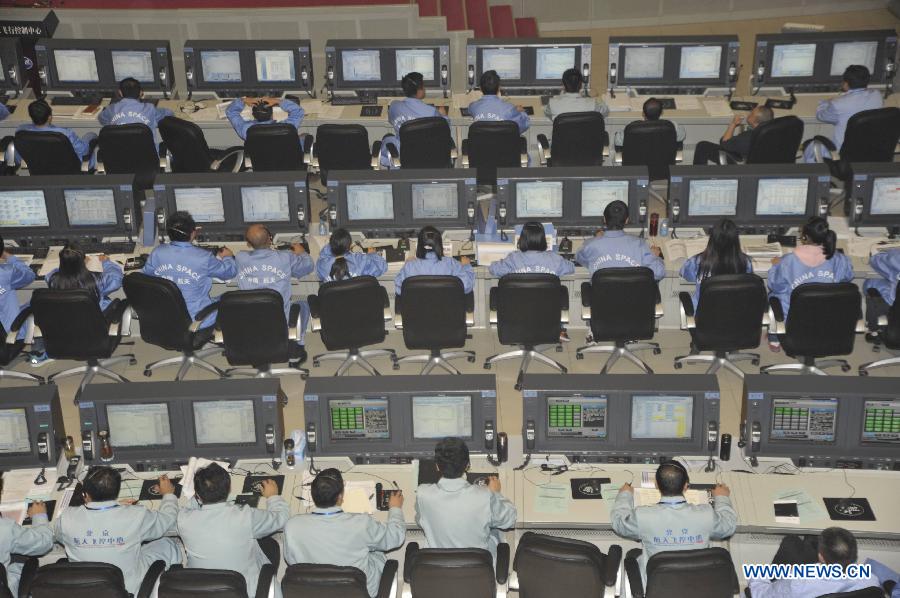Saifullah Sani
SENIOR MEMBER

- Joined
- Apr 15, 2011
- Messages
- 3,339
- Reaction score
- 2
- Country
- Location
New lunar mission to test Chang'e-5 technology
China will launch a new lunar mission this week to test technology likely to be used in Chang'e-5, a future lunar probe with the ability to return to Earth.
The spacecraft launched this week is expected to reach a location near the moon andreturn to earth, according to a source with the State Administration of Science, Technologyand Industry for National Defense on Wednesday.
It is scheduled to launch between Friday and Sunday.
New lunar mission to test Chang'e-5 technology - People's Daily Online
China will launch a new lunar mission this week to test technology likely to be used in Chang'e-5, a future lunar probe with the ability to return to Earth.
The spacecraft launched this week is expected to reach a location near the moon andreturn to earth, according to a source with the State Administration of Science, Technologyand Industry for National Defense on Wednesday.
It is scheduled to launch between Friday and Sunday.
New lunar mission to test Chang'e-5 technology - People's Daily Online























